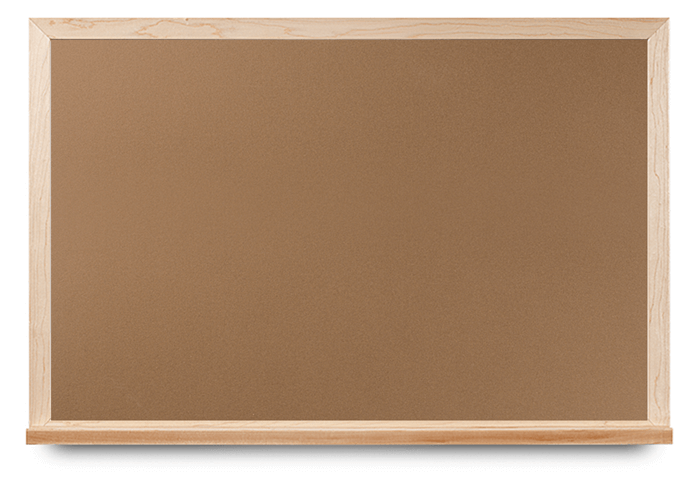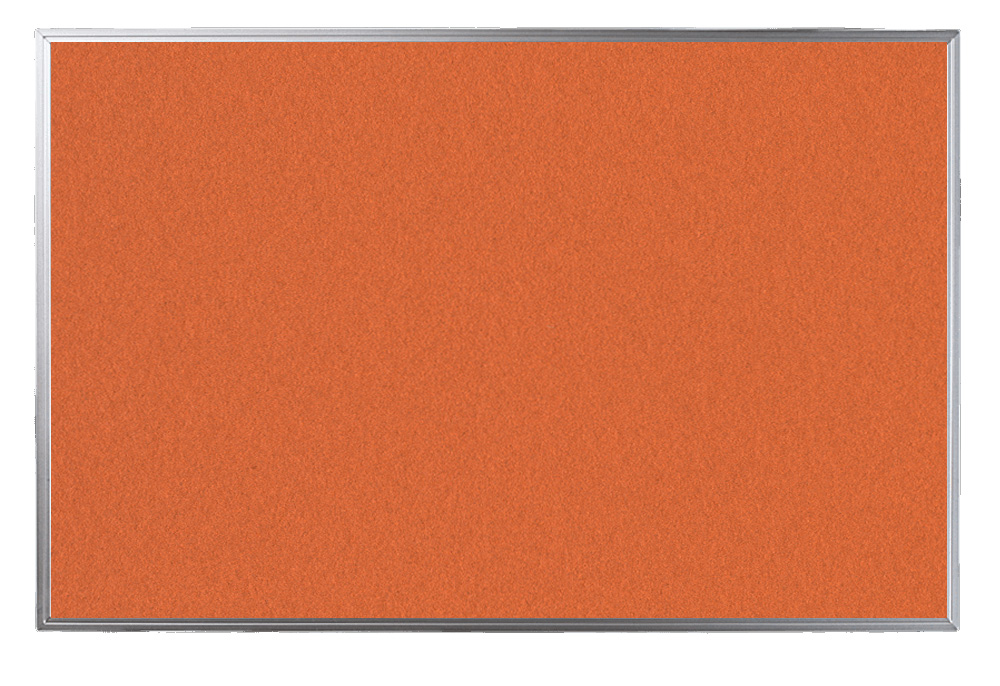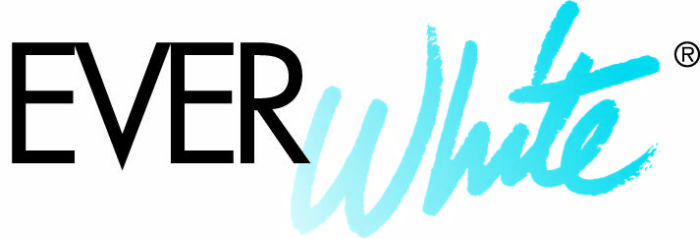Customer Service 1-800-335-7319
Customer Service 1-800-335-7319
Cork boards are excellent for posting bulletins in public spaces in businesses, schools and elsewhere. They are great for placing reminders, photos and other documents in offices and conference rooms.
Bulletin boards are manufactured from a variety of surface and framing materials, with cork being the most common surface, followed by fabric. Cork – a natural material – is often preferred for its durability and for its ability to secure documents more firmly.

Dense cork is often called “self-healing” because when tacks or pins are removed, the hole they make are filled in by the surrounding cork. Thus: fewer frustrations with papers falling off the board, or with cork crumbling.
EVERWhite uses a 1/4-inch face sheet of dense cork on its bulletin boards. The sheet of cork is adhered to a 3/8-inch hardwood backing to provide a solid, durable product that will give many years of service.
Determine the size of the cork board you need by measuring the space where you want to hang it. Consider how much space you’ll need to display important messages or reminders, as well as any visual elements you may want to add. EVERWhite cork boards are available in 15 sizes, from 1×1 foot to 4×24 feet.

Like most manufacturers, EVERWhite builds cork boards in a variety of standard dimensions, from 1×1 to 4×24 feet. Cork board frame options are aluminum and wood in four shades: oak, cherry, maple and mahogany.
You even can buy a cork board with cork panels next to or atop a dry erase surface. These are called combination boards, and they come in many combination options.
These presentation products are referred to by different names. When referencing their surface material, they are called cork boards. When referencing their use, they are called bulletin boards. When referencing the items used to post papers, they are called tack boards or pin boards.
Whatever you call them, they have many uses.
In restaurants, grocery stores and other places of business, cork boards are often used to notify customers of specials, or to let customers post about events, business offerings, or other requests or notices. In coffee shops, customers often post business cards, services offered, neighborhood events and lost-pet notices.
In dorm hallways and common areas, bulletin boards commonly announce upcoming events, rules and regulations for dorm residents and guests, and solicitations for rides, items for sale, items, needed, or job postings.
In classrooms, assignments, reminders, schedules and artwork are posted.
In businesses, memos, deadlines, goals and family pictures are often posted in private offices or spaces, and in lobbies, lunch rooms or meeting rooms, policies, newsletters, information on new hires or anniversaries, and company events.
To see a long list of uses for cork bulletin boards, see a post at SignUpGenius.com.

Dan Griffin is general manager of EVERWhite, a U.S. manufacturer and seller of whiteboards and tack boards used for teaching, coaching, planning, collaboration and tracking. Along with his expertise in the use of whiteboards, Dan excels in leadership, new product development, business operations, continuous improvement and product marketing. He holds a bachelor’s degree in Business Administration, with a focus on marketing, from Temple University.